Hall Effect in Bismuth
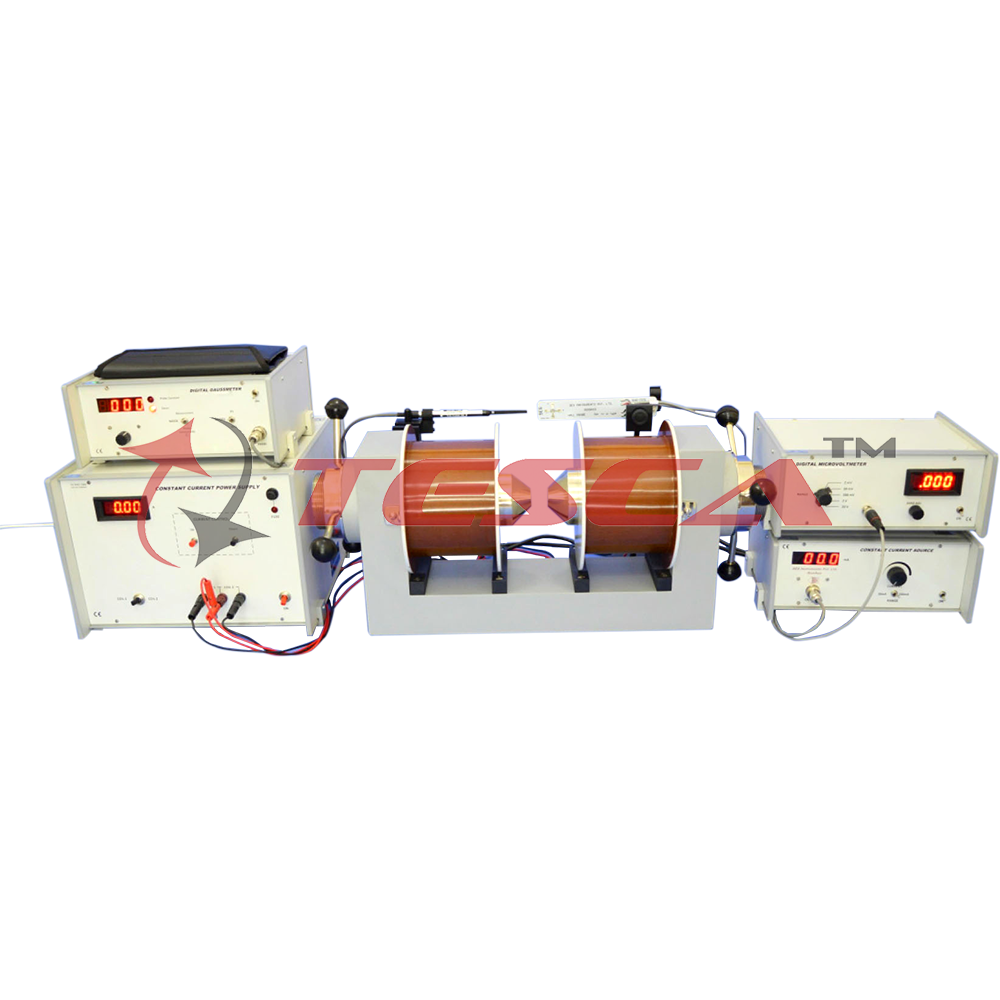
Order Code: 55548D
Category: Physics Trainers
Introduction When a current-carrying conductor is placed in a magnetic eld perpendicular to the current direction, a voltage develops transverse to the current. This voltage was first observed in 1879 by Edwin Hall and the effect is called H...
SPECIFICATION
Introduction
When a current-carrying conductor is placed in a magnetic eld perpendicular to the current direction, a voltage develops transverse to the current. This voltage was first observed in 1879 by Edwin Hall and the effect is called Hall Effect.
The Hall effect has since led to a deeper understanding of the details of the conduction process. It can yield the density of the charge carriers as well as their sign.
Theory
As you are undoubtedly aware, a static magnetic field has no effect on charges unless they are in motion. When the charges ow, a magnetic field directed perpendicular to the direction of ow produces a mutually perpendicular force on the charges. When this happens, electrons and holes will be separated by opposite forces. They will in turn produce an electric eld ( ) which depends on the cross product of the magnetic intensity, H, and the current density, J.
Where R is called the Hall Coef cient
Now, let us consider a bar of semiconductor, having dimension, x, y and z. Let J is directed along X and H along Z then will be along Y.
Then we could write
Where Vh is the Hall voltage appearing between the two surfaces perpendicular to y and I=Jyz
Hall Effect experiment consists of the following:
- Hall Probe : Bismuth
- Constant Current Source
- Digital Microvoltmeter
- Electromagnet
- Constant Current Power Supply
- Digital Gaussmeter
Hall Probes
Bismuth Hall Probe
Bismuth strip with four spring-type pressure contacts is mounted on a sunmica-decorated bakelite strip. Seperate leads are provided for connections with measuring devices.
Technical Specification
- Material : Bismuth
- Resistivity : 1.29 x 10-4W.cm
- Contacts : Spring type (solid silver)
- Zero- eld potential : <1mV (adjustable)
- Hall Voltage : 25-35mV/10mA/KG
It is designed to give a clear idea to the students about Hall Probe and is recommended for class room experiment. A minor drawback of this probe is that it may require zero adjustment.
Current Source
Constant Current Source
It is an IC regulated current generator to provide a constant current to the outer probes irrespective of the changing resistance of the sample due to change in temperatures. The basic scheme is to use the feedback principal to limit the load current of the supply to preset maximum value. Variations in the current are achieved by a potentiometer included for that purpose. The supply is a highly regulated and practically ripples free d.c source. The constant current source is suitable for the resistivity measurement of this lms of metals/alloys and semiconductors like germanium.
Specifications
Range : 0-20mA, 0-200mA
Resolution : 10'A
Accuracy : ±0.25% of reading ±1 digit
Display : 3½ digit, 7 segment LED with
autopolarity and decimal indication
Voltage Source
Digital Microvoltmeter
It is a very versatile multipurpose instrument for the measurement of low dc voltage. It has 5 decade ranges from 1mV to 10mv with 100% over-ranging. For better accuracy and convenience, readings are directly obtained on 3½ digit DPM (Digital Panel Meter).
Specifications
- Range : 1mV, 10mV, 100mV, 1V & 10V with 100% over-ranging.
- Resolution : 1&V
- Accuracy : ±0.2% ±1 digit
- Stability : Within ±1 digit
- Input Impedance : >1000MW (10MW on 10V range)
- Display : 3½ digit, 7 segment LED with autopolarity and decimal indication



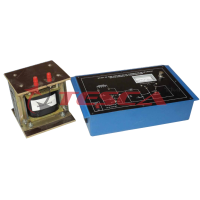
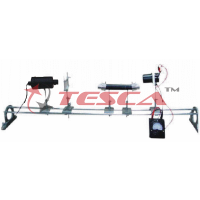

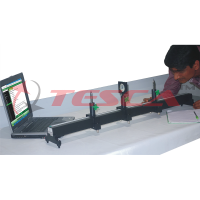
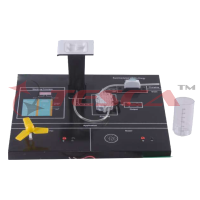
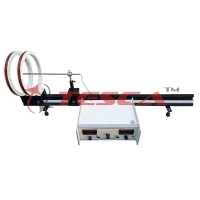
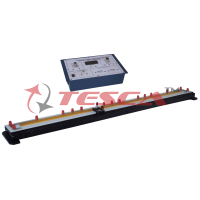

 91-9829132777
91-9829132777